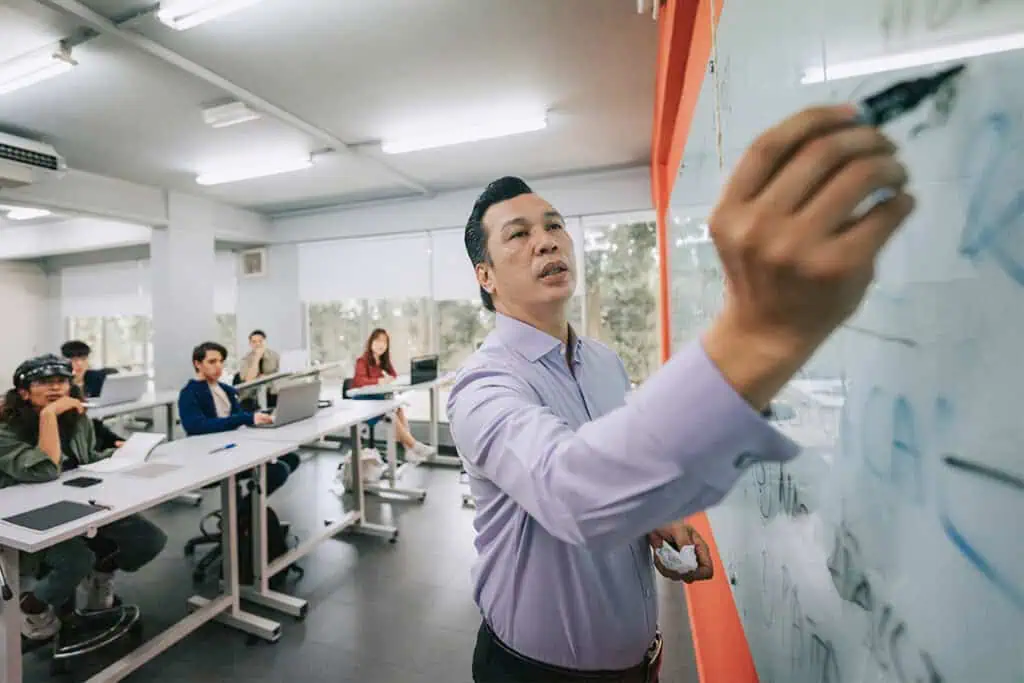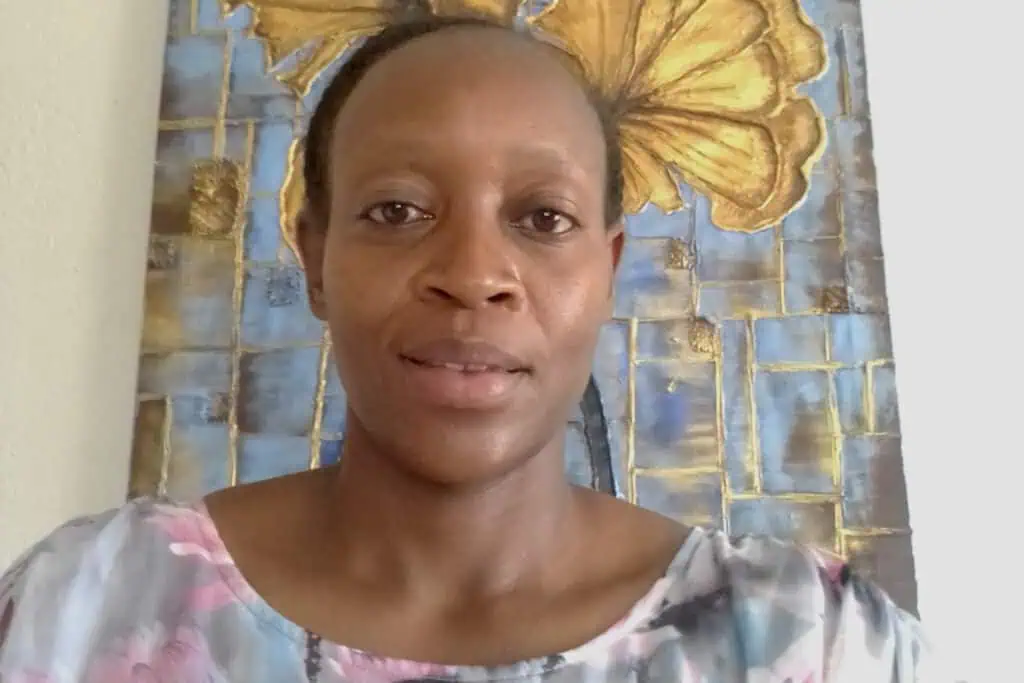Your Student Visa Work Options During and After School
Gaining valuable work experience while attending school in the U.S. is a high priority for many international students; it can even determine where an international student decides to enroll. To understand how to gain work experience in the U.S., let’s cover the options available to international students under different U.S. student visas.
Two visa types permit international students to be employed while studying in the U.S.: F-1 and J-1. Although both of these visas share many similarities, a key difference is in the work option types and visa extensions for international students.
Employment on Campus
Employment on campus is authorized under both F-1 and J-1 visas and allows students to be employed by their school. Working hours are limited to 20 per week; however, during academic summers and holidays, students can work full-time. Off-campus employment is also permitted but under very specific circumstances.
On-campus employment benefits international students because it provides an extra source of income while they attend school. It also helps students gain important U.S. work experience, especially if the student obtains an on-campus job in their field of study.
Optional Practical Training (OPT)
OPT is one of the work options available under the F-1 student visa; the work must align with the student’s field of study and be approved by a designated school official (DSO). Students can begin OPT either before or after completing their degree and can be paid for their work. Under the regular OPT program, students can work a total of 12 months of full-time hours.
- STEM Extension: Students earning degrees in science, technology, engineering, or mathematics (STEM) fields and currently participating in regular OPT are eligible for a 24-month STEM OPT extension. Again, a DSO must verify the extension along with the proper paperwork.
Speak with a representative at your institution about OPT opportunities for your degree program—it could mean up to two years of professional experience in the U.S.!
Curricular Practical Training (CPT)
CPT is an off-campus work program particular to the F-1 student visa. CPT is typically a required part of a student’s’ program of study where students earn credits that contribute to their degree. CPT must be authorized by a DSO, and there must be a signed agreement between the DSO and the institution employing the student. Students are eligible for CPT after one year of full-time school enrollment under F-1 status and can work either part-time or full-time.
However, it is important to remember that after 12 months of full-time employment under CPT, students are no longer eligible for OPT. If you are interested in CPT, make sure to check with your university about your available options.
Academic Training
Particular to the J-1 Exchange Visitor Program, academic training provides students with up to an 18-month extension to work in their field of study part-time or full-time in the U.S.
Students can begin the program either during or after their studies and may also be compensated for their work. To participate in J-1 Academic Training, make sure to follow the proper procedures and have a signed agreement between an authorized school official and the organization you are working for. You can also speak with a representative at your university to better understand the requirements for participating in academic training.
Are you currently on a U.S. student visa and want to share your experiences of finding work during and after school? Sign up for our Student Ambassador Program today!
Was this post helpful to you? Let us know your thoughts below in the comments!





